Description
The FTDI Chip TTL-232RG-VREG1V8-WE is a versatile and reliable USB to UART (Universal Asynchronous Receiver/Transmitter) cable that facilitates seamless communication between USB-equipped devices and microcontrollers or serial interfaces. Its unique 1.8 TTL wire end and USB connectivity simplify data transfer and programming tasks in various applications. Its plug-and-play convenience, FTDI chip reliability, and robust construction make it a valuable asset for engineers and developers working on diverse projects that require seamless serial data transfer and control.
- USB Plug-and-Play Convenience
The TTL-232RG-VREG1V8-WE cable is designed for plug-and-play convenience. It has a USB connector on one end, allowing users to connect it directly to a USB port on their computer or host device. This eliminates the need for additional power supplies or complex setup procedures, making it user-friendly for beginners and experienced engineers.
The FTDI Chip TTL-232RG-VREG1V8-WE, 1.8 TTL Wire End USB to UART Cable: Core Features and Benefits
- A distinguishing feature of this cable is its 1.8V TTL logic level, which is crucial for compatibility with low-voltage microcontrollers and electronic components.
- As the name suggests, this cable is powered by an FTDI (Future Technology Devices International) Chip, known for its reliability and compatibility in USB-to-serial communication.
- The inclusion of an FTDI chip ensures stable and error-free data transfer, enhancing the cable’s overall performance.
- The TTL-232RG-VREG1V8-WE is built to withstand the demands of professional use.
- Its durable build and high-quality materials make it suitable for both development and industrial applications, where reliability is paramount.
- FTDI offers this cable in various cable length options, allowing users to choose the right length for their application.
- Application Versatility of the Wire End USB to UART Cable
This USB to UART cable finds applications in a wide range of industries, including:
- Electronics Prototyping
- Debugging to Automation
- Robotics
It is also used In:
- Programming Microcontrollers
- Configuring Networking Equipment
- Interfacing with serial devices like GPS modules and industrial machinery.

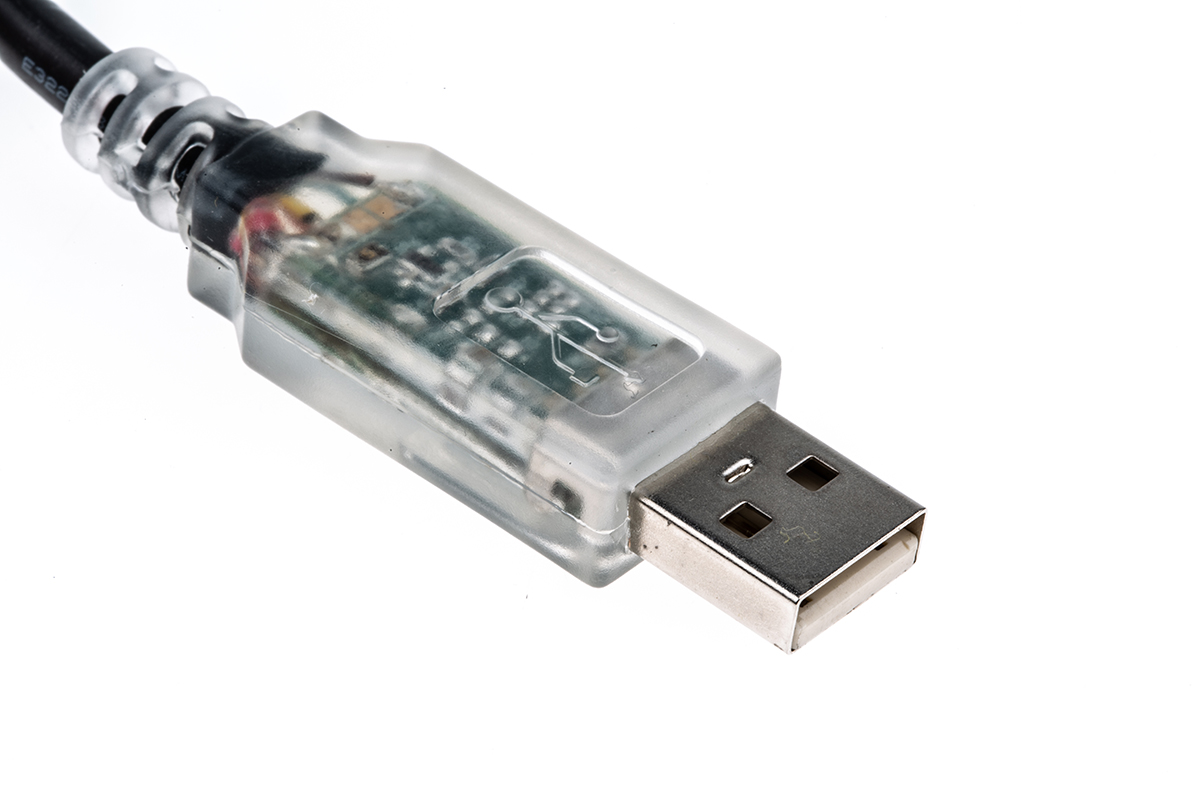
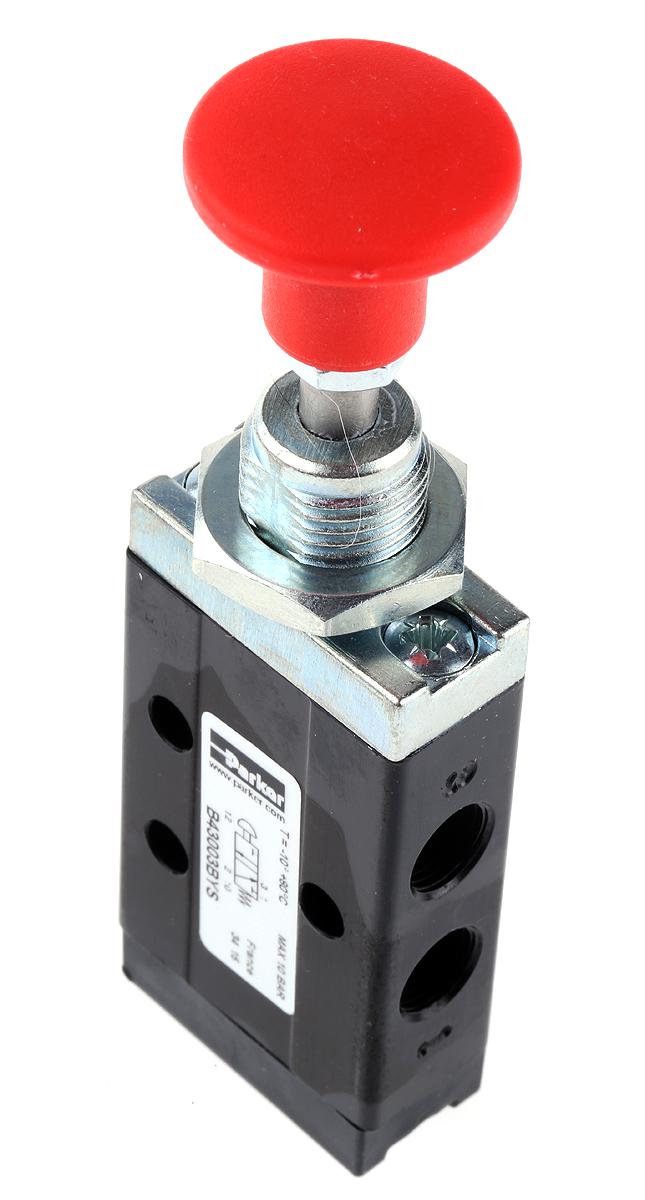
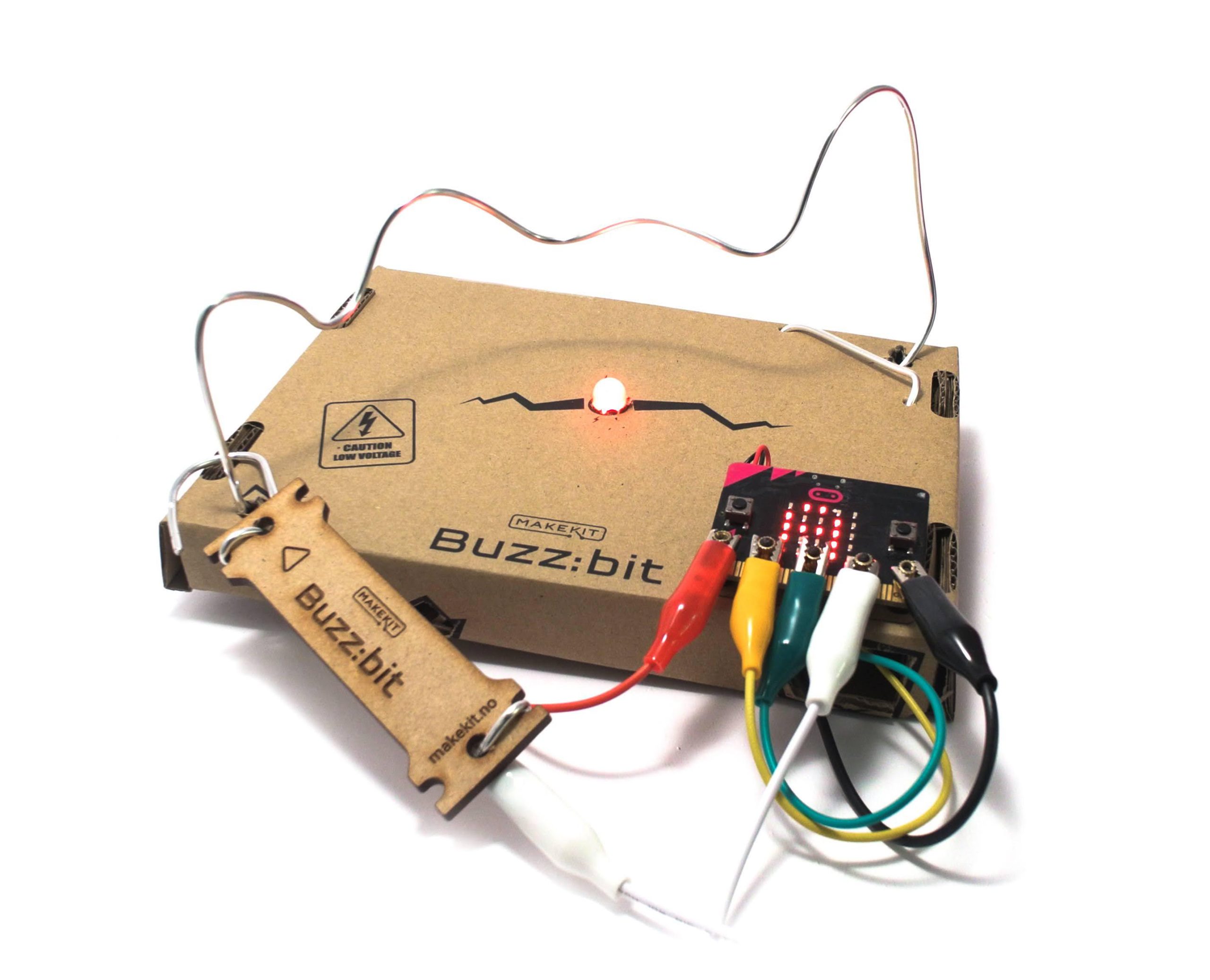
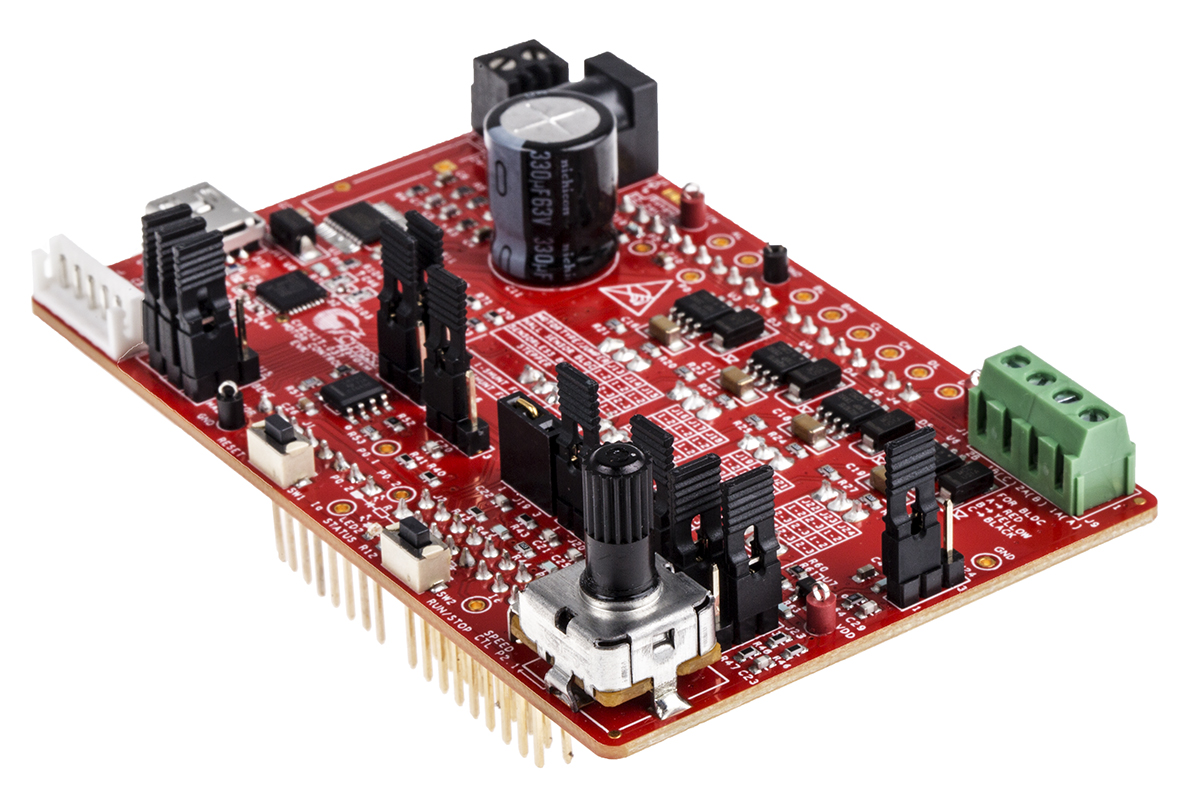
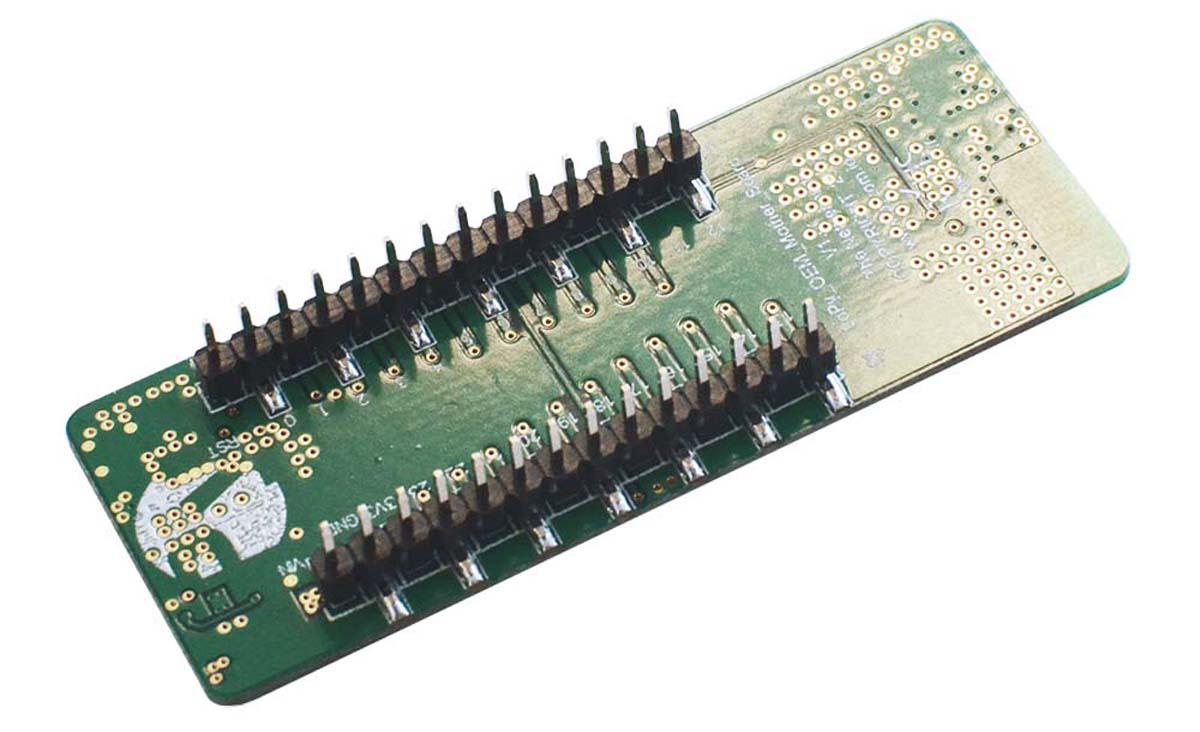
Reviews
There are no reviews yet.